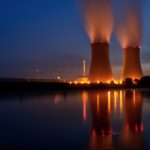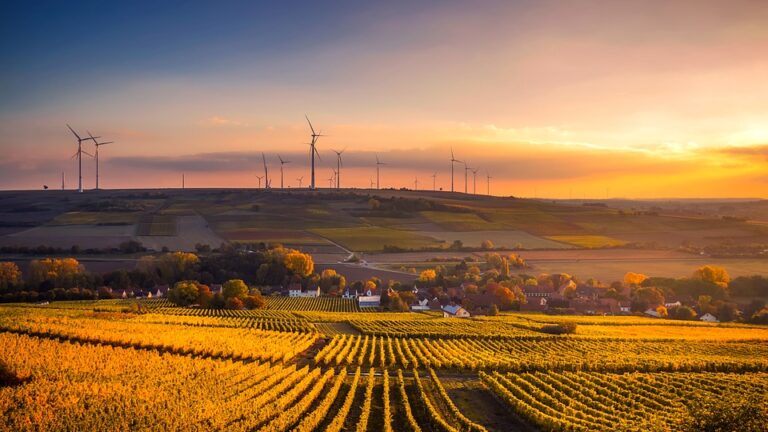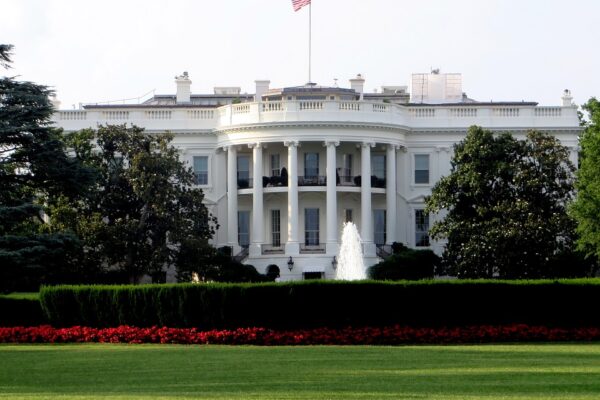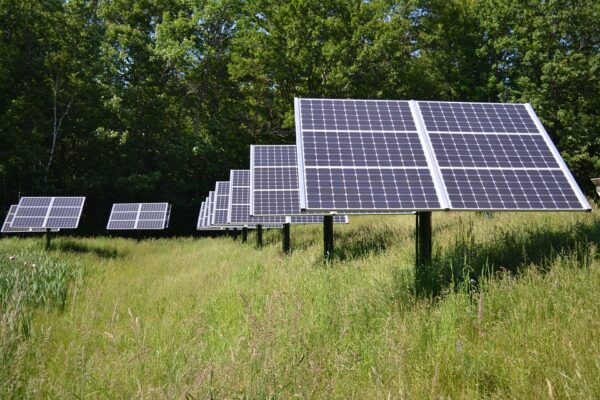Fossil fuels are one of the biggest sources of greenhouse gases on our planet today. Using renewable energy is an extremely important step towards saving the environment from disasters. But we all know we’re far away from ending our dependence on fossil fuels completely. However, it’s not impossible that large-scale production of renewable energy can become a possibility in the near future. It will take constant efforts from the producers of renewable energy in that direction though. Of course, a lot of support from the governments of countries across the world is also needed. Now, let’s take a look at countries that have become leaders in the production of renewable energy today:
1. China
In 2016, China achieved the capacity of over 545 gigawatts of renewable energy. This was reported by the International Renewable Energy Agency. One of the biggest solar plants in the world is located in this country. It is called Longyangxia Dam Solar Park.
It’s spread across a vast area of 27 square kilometres and has a capacity of 850 megawatts. Which can supply power to 200,000 households. The Three Gorges Hydroelectric Power Plant is also one of the biggest sources of renewable energy in China. With a capacity of 22.5 gigawatts, it is the world’s largest hydropower station. Besides the generation of solar energy and hydropower, the country also generates about 148.6 gigawatts of wind power.
2. USA
The United States of America had an overall renewable energy capacity of a little over 214 gigawatts in 2016. Nearly 14,004 megawatts of wind projects were under construction in 2017. This was stated in a report released by the American Wind Energy Association.
The report also said that 11,815 megawatts of wind projects were in the advanced development stage. Over 52,000 commercial wind turbines were operating in 41 states of the country in mid-2017.
Two of the major solar energy projects in the US are located in California. They are the 579-megawatt Solar Star project and the 550-megawatt Desert Sunlight Solar Farm.
3. Brazil
In 2016, this country had an overall renewable energy capacity of more than 122 gigawatts. A major portion of this included the hydroelectric power plants. Towards the end of 2016, Brazil achieved the hydropower capacity of over 98 gigawatts.
The country has one of the largest hydroelectric power plants in the world. It is called Tucurui Hydropower Complex and is located on the lower Tocantins River in Tucurui. This hydroelectric power plant has a capacity of 8.3 gigawatts. Brazil also achieved a wind power generation capacity of 10.7 gigawatts in 2016.
4. Germany
Germany had a renewable energy capacity of over 105 gigawatts in 2016. The country’s wind energy capacity was 49.7 gigawatts and its solar power capacity was 40.9 gigawatts. Bundesnetzagentur, the German energy regulator, launched a tender for an onshore wind capacity of 1 gigawatt in 2017.
Germany increased its installed wind energy capacity between the years 2017 and 2019. According to ICIS, this was made possible through tenders for 2.8 gigawatts per year.
5. Canada
The renewable energy capacity of this country was over 96 gigawatts in 2016. Most of this was contributed by the country’s hydropower plants. Canada’s hydropower capacity in 2016 stood at 80.7 gigawatts. In the same year, its solar power capacity was 2.7 gigawatts.
Canada’s wind power capacity was more than 11 gigawatts in 2016. The country was home to Annapolis Royal Generating Station. It was one of the few tidal power generating stations in the world. In 2019, it was shut down following substantial fish mortality issues.








